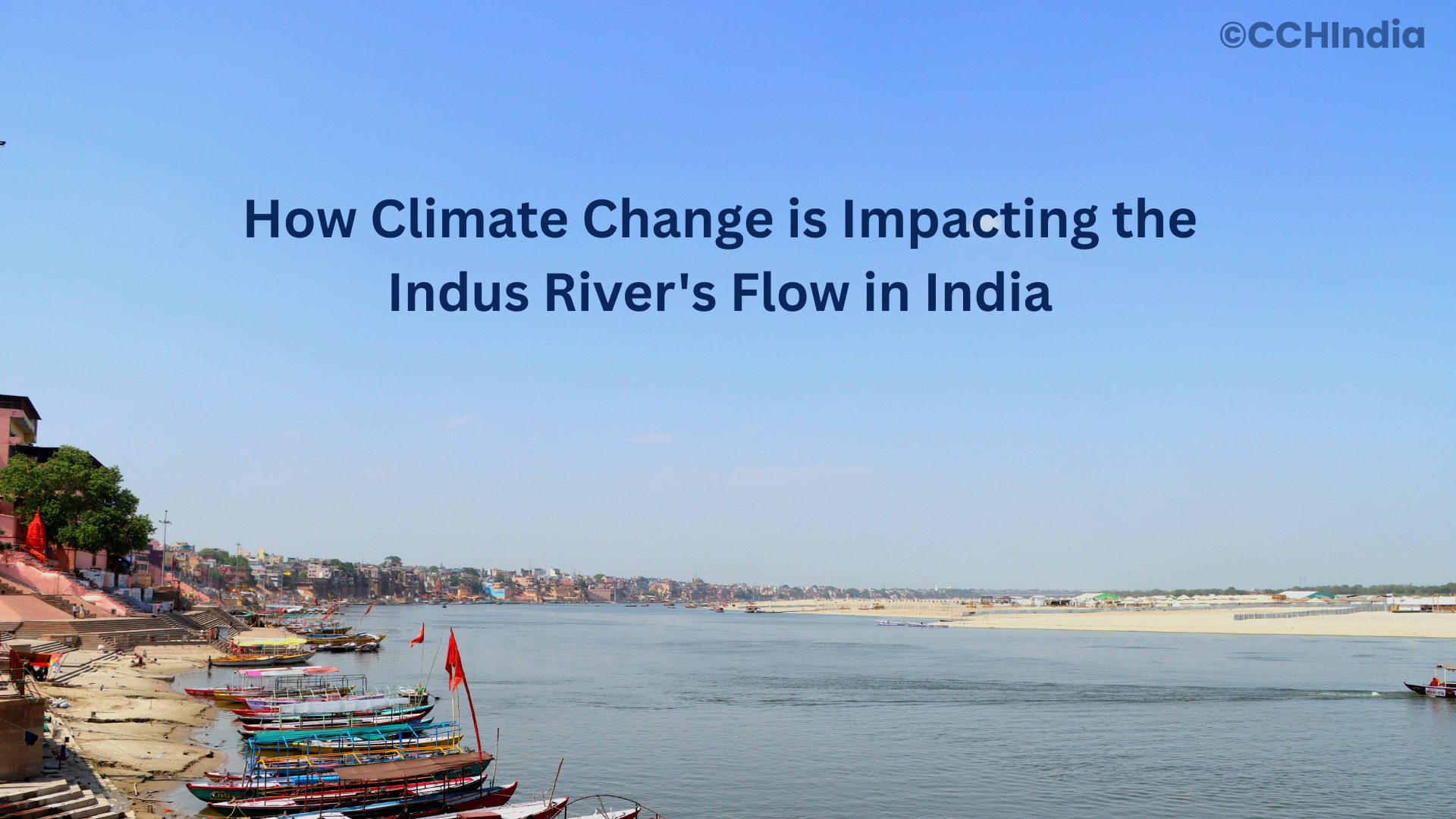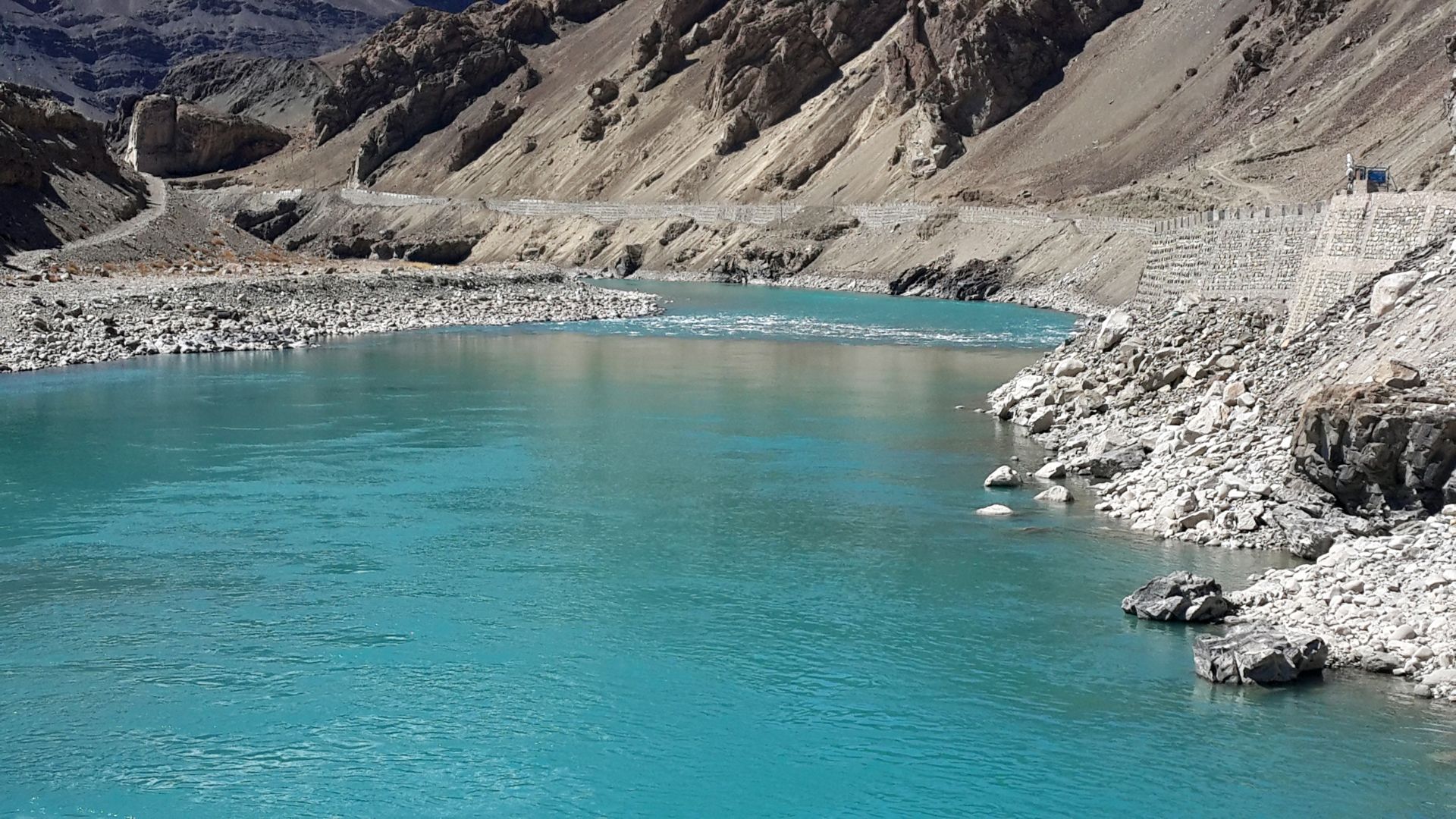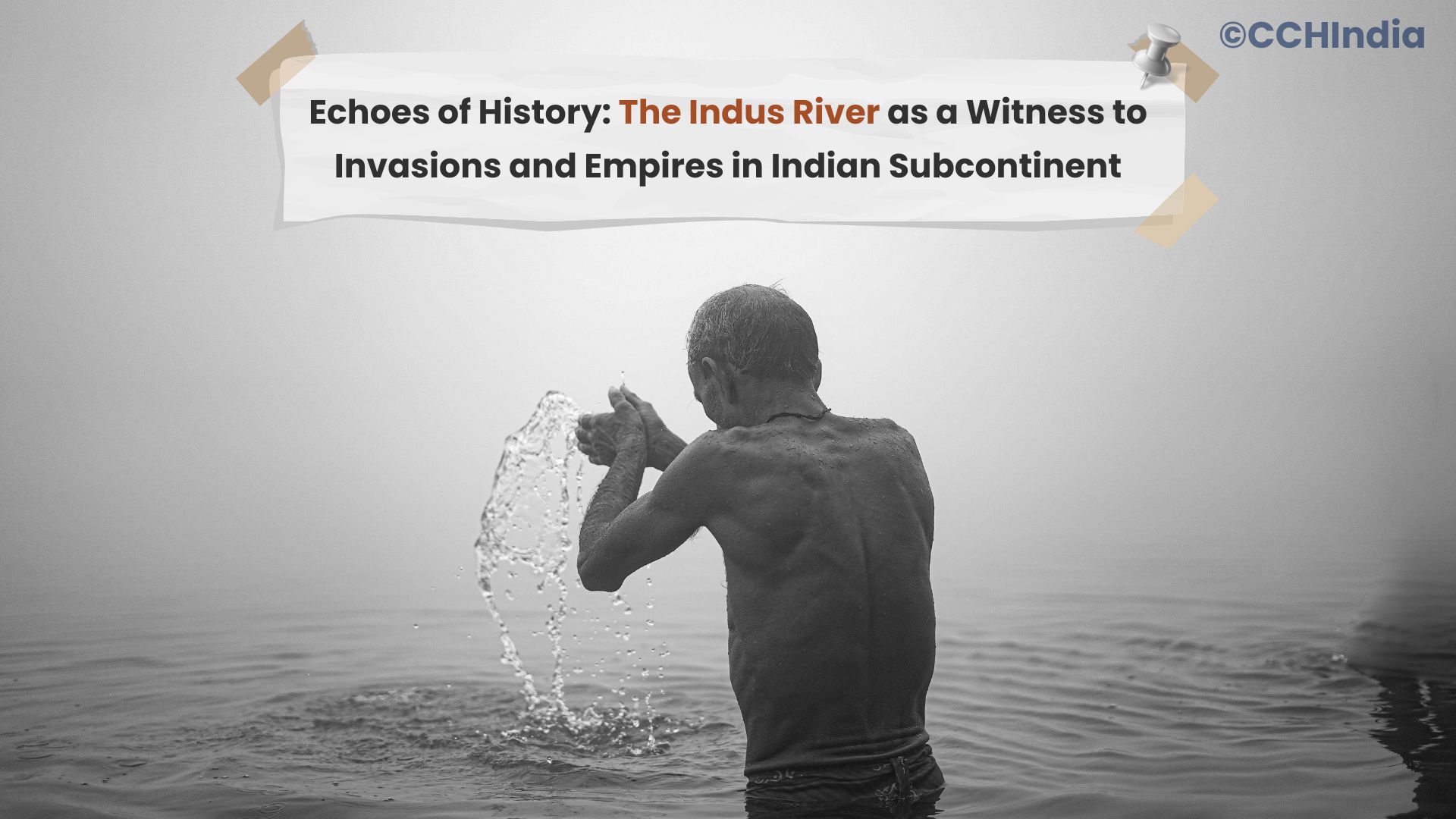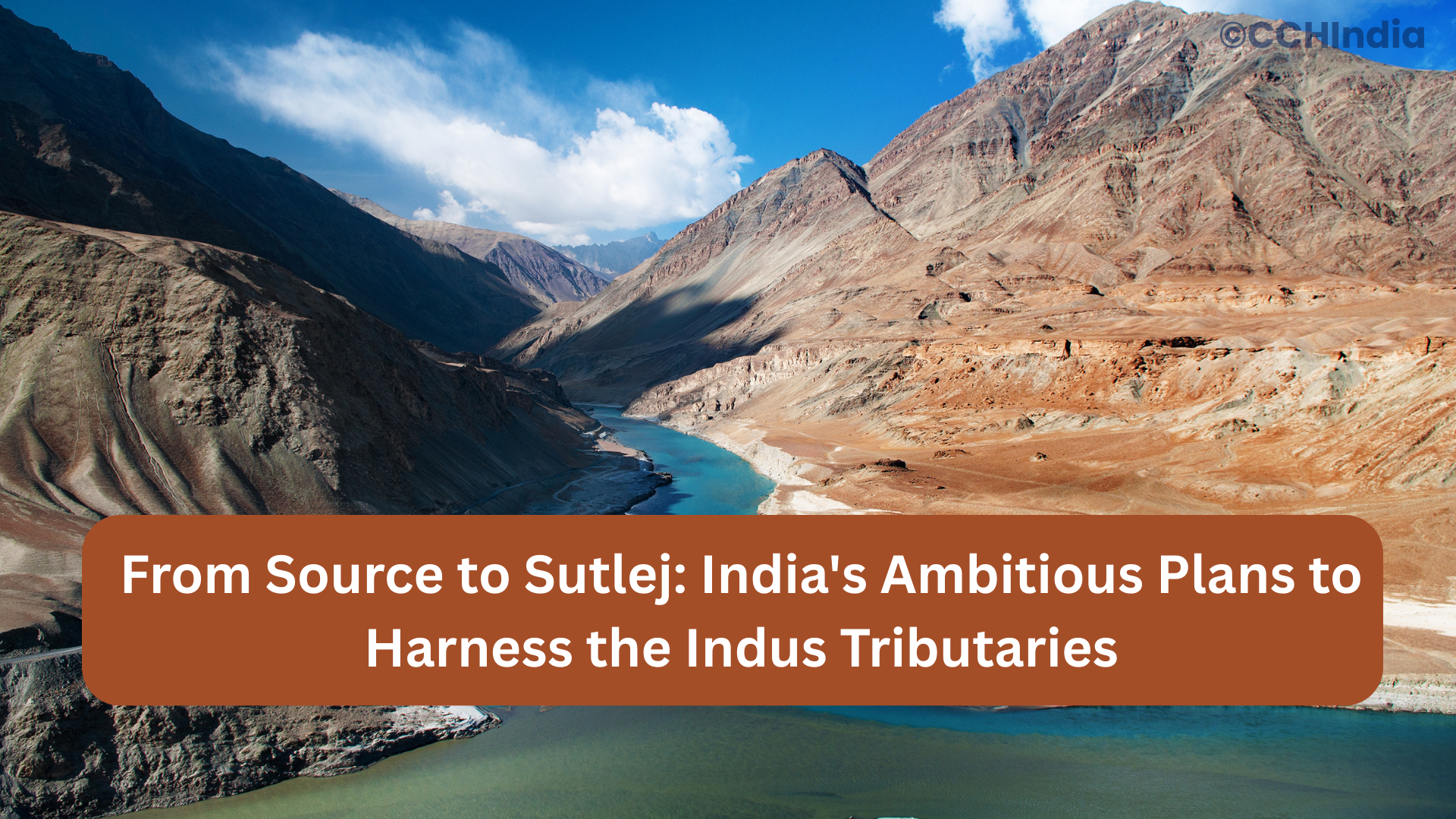The Indus is Thirsty, and It's Our Fault
You know how some things just feel so big, so permanent, you can’t imagine them ever changing? The Himalayas, for instance. Or the mighty rivers that come from them. For so long, the Indus River has been this symbol of life, of history, just this unstoppable force of nature. But lately, I’ve been reading some things, and honestly, it’s a bit unsettling. It turns out even something that ancient and powerful isn’t immune to what we're doing to the planet. The Indus is changing, and not for the better.
The Melting Mountains
Let’s talk about where the Indus gets its water. It's mostly from the glaciers up in the Himalayas and the Tibetan Plateau. They're like these giant, frozen reservoirs that melt slowly, feeding the river year-round. Sounds simple, right? A perfect, natural cycle. But you know how it goes. The planet is getting warmer, and those glaciers are melting way, way too fast.
Think of it like this: your freezer is suddenly set to "defrost." For a little while, you get a ton of ice water. But what happens after that? The ice is gone. And that’s what’s happening up there. We’re seeing a temporary increase in water flow in some places, which can lead to floods, but it’s a terrifying sign of what’s to come. It’s like a warning shot before the long, dry spell. It makes me feel a bit helpless, you know? Like we're just watching this slow-motion disaster unfold.
The Unpredictable Monsoon
Then there are the monsoons. The monsoons are supposed to be this reliable, life-giving event every year. But lately, they've been all over the place. Sometimes they're late, sometimes they bring too much rain all at once, leading to crazy floods. And then other times, they just… don’t show up enough. This wild unpredictability is messing with the whole system.
Farmers who rely on the river’s flow for their crops must be so frustrated. How do you plan for that? You can't. It's not a small issue; it's the very foundation of how people live, how they eat. And it's all because the weather patterns that have been in place for centuries are getting shaken up. It’s not an abstract scientific problem; it’s a real-life crisis happening right now.
The Future is Uncertain
So, what does all this mean for the Indus? It means that the river's flow is becoming more erratic. More floods in the short term, and then less water over time. It means a future where a lifeline for millions of people becomes less and less reliable. It means a cultural and historical icon is slowly withering under our watch.
It's easy to get lost in the big, scary numbers about climate change. But when you think about it in terms of something as tangible and historical as the Indus River, it hits you differently. It’s a tragedy unfolding. It’s not a rant or an essay; it’s a plea to pay attention. We can't let a river that has defined us for thousands of years just dry up.






